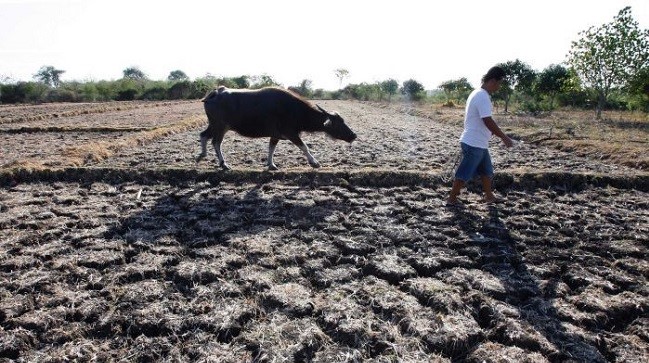The serious weather phenomenon “El Niño” could soon occur again in the Pacific region, according to scientists.

Researchers at Justus Liebig University Giessen (JLU), the Potsdam Institute for Climate Impact Research (PIK) and Bar-Ilan University in Ramat Gan, Israel, find that there will probably be another “El Niño” by the end of 2020. The prediction models commonly used do not yet see any signs of this.
El Niño is an irregularly occurring and complex series of climatic changes affecting the equatorial Pacific region and beyond every few years.
It is characterised by the appearance of unusually warm, nutrient-poor water off northern Peru and Ecuador, typically in late December. The effects of El Niño include reversal of wind patterns across the Pacific, drought in Australasia, and unseasonal heavy rain in South America.
The forecast is based on a novel algorithm developed by the researchers, which relies on a network analysis of air temperatures in the Pacific region and which correctly predicted the last two “El Niño” events more than a year in advance. Such long-term predictions can, for example, help farmers in Brazil, Australia or India to prepare themselves and adjust their sowing accordingly.
A probability of around 80 percent
“Conventional methods are unable to make a reliable ‘El Niño’ forecast more than six months in advance. With our method, we have roughly doubled the previous warning time,” stresses JLU physicist Armin Bunde, who initiated the development of the algorithm together with his former PhD student Josef Ludescher. Hans Joachim Schellnhuber, Director Emeritus of PIK, explains: “This clever combination of measured data and mathematics gives us unique insights – and we make these available to the people affected.”
He points out that, of course, the prediction method does not offer one hundred percent certainty: “The probability of ‘El Niño’ coming in 2020 is around 80 percent. But that’s pretty significant.”
Josef Ludescher, who now works at PIK, emphasises: “We also predicted the absence of another ‘El Niño’ in 2019 at the end of last year. Only since July have the official forecasts agreed with our forecast.” The team is currently expanding the algorithm in order to be able to forecast also the strength and length of the weather phenomenon in the future.
Empty fishing nets, torrential rainfall, extended droughts
With a conventional early warning period of at most half a year so far, people in the tropics and subtropics are poorly prepared for the often devastating consequences of “El Niño” (Spanish for “the Godly Child”) at irregular intervals around Christmas – empty fishing nets and torrential rainfall in Peru as well as extended droughts in parts of South America, Indonesia, Australia and Africa. In addition, the Indian subcontinent may experience a change in monsoon patterns and California may experience more precipitation.
For their investigations, the researchers use a network of atmospheric temperature data in the tropical Pacific consisting of 14 grid points in the equatorial “El Niño” core area, and 193 points in the Pacific outside this core area. The physicists had discovered that already in the year before the eruption of an “El Niño”, the teleconnection effect between the air temperatures inside and outside of the core area becomes considerably stronger. In particular, they used this effect to optimize their prediction algorithm.
The discovery of the new method was first published in summer 2013 in an article in the renowned “Proceedings of the National Academy of Sciences”. Reliable data from the period between the beginning of 1950 and the end of 2011 were available to the researchers for the investigations. The period between 1950 and 1980 served them as a learning phase for determining the alarm thresholds.
With the help of this algorithm, the “El Niño” events could then be predicted and compared with the actual events. In 80 percent of the cases, the alarm was correct and the “El Niño” event could be accurately predicted the year before.
